Exploring the Role of Physics in Making Games Feel Real
At FOGYX, we understand that the way things move, collide, and behave in the game world plays a massive role in shaping the player’s experience. In this article, we’ll dive into the role physics plays in game development, how it impacts gameplay, and why it’s essential in creating games that feel both fun and realistic.
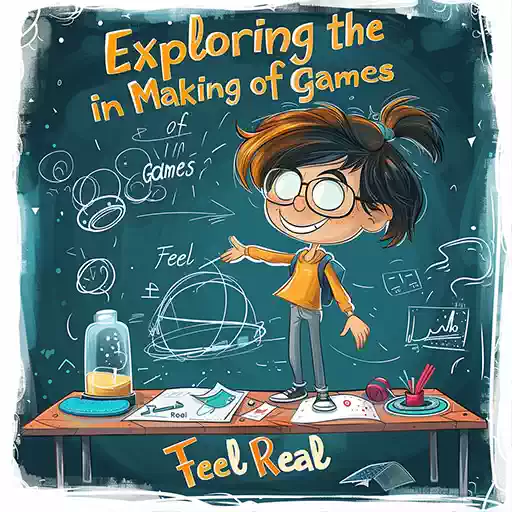
1. What is Game Physics?
Before we get into the nitty-gritty of why physics is so important, let’s first define what we mean by game physics. In essence, game physics refers to the systems that simulate physical phenomena within a game’s environment. These simulations dictate how objects move, interact, and respond to forces like gravity, friction, and collisions.1.1 Simulating Real-World Phenomena
The primary goal of game physics is to replicate the physical laws of the real world (or create consistent, believable systems in fictional worlds). This includes everything from how a ball bounces when it hits the ground to how a character’s movements feel as they run, jump, or swim.For example, in many FOGYX titles, we simulate realistic gravity, ensuring that objects fall to the ground in a way that players would expect. Whether it’s a crate tumbling off a ledge or a character landing after a jump, physics simulation helps ground the game in reality, making it easier for players to immerse themselves in the experience.
1.2 The Balance Between Realism and Fun
While game physics often strives to mimic the real world, it’s important to remember that realism isn’t always the goal. Sometimes, creating fun and engaging gameplay means taking liberties with the laws of physics. For example, exaggerated jumps or cartoonish collisions can make a game more exciting or comedic. The trick for developers is finding the right balance between realism and enjoyment—where the game feels believable but still maintains the fun factor.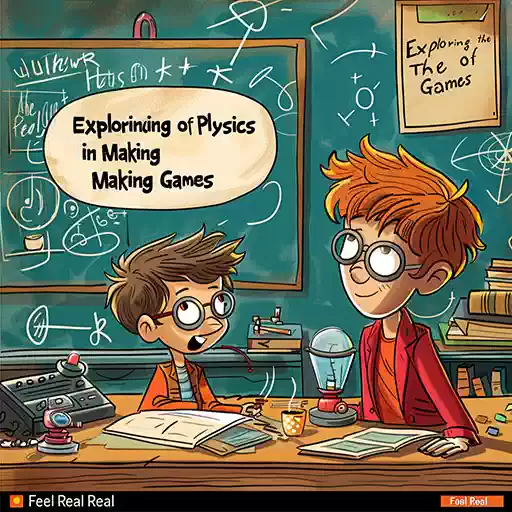
2. The Impact of Physics on Gameplay
So, how does physics directly impact gameplay? When done correctly, physics can enhance the player’s experience by making movement feel natural, interactions dynamic, and challenges more engaging. Here are a few ways physics plays a vital role in game mechanics.2.1 Character Movement and Animation
One of the most noticeable areas where physics comes into play is in character movement. Whether it’s a player-controlled avatar or an AI enemy, the way characters move and react to their environment is a core part of making games feel intuitive.Take, for example, jumping in a platformer. Without realistic gravity, jumps might feel floaty or sluggish, which can detract from the overall experience. By fine-tuning the physics of jump arcs, acceleration, and landing, developers can make movement feel satisfying and responsive.
In action-packed online games or free games, where fast reflexes are critical, the physics behind character movement needs to feel precise. At FOGYX, we carefully calibrate character physics to ensure that everything, from running to dodging, feels smooth and natural.
2.2 Physics-Based Puzzles
Many games use physics as a core component of their puzzle design. In these games, players often need to interact with objects in the environment, moving them, stacking them, or using them to solve challenges. The success of these puzzles relies heavily on how well the physics engine handles object interactions.For instance, in FOGYX’s puzzle-based adventure game Gravity Shift, players must manipulate gravity to move objects around the environment. The way objects fall, slide, or collide with each other is central to solving the game’s puzzles. Without well-designed physics, these challenges would feel frustrating or inconsistent.
2.3 Realistic Collisions and Interactions
In action and combat-focused games, collisions are another critical area where physics shines. How a sword hits an enemy, how bullets interact with walls, or how cars crash into obstacles all depend on the physics engine’s ability to simulate collisions accurately.In racing games, for example, the impact of a high-speed crash needs to feel dramatic, with debris flying and cars flipping in a believable manner. On the other hand, in a fighting game, the physics behind a character’s punch needs to have weight and impact, making the player feel the force of each hit.
FOGYX games often feature dynamic environments, where objects can be pushed, thrown, or destroyed. By integrating accurate collision physics, we ensure that these interactions feel real and contribute to the game’s overall sense of immersion.
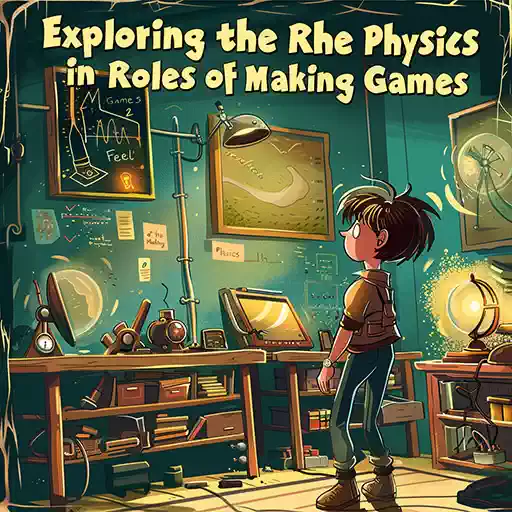
3. Environmental Interactions: Bringing Worlds to Life
While character physics is essential, it’s the environmental physics that can truly bring a game’s world to life. Whether players are manipulating objects, battling natural forces, or simply navigating the terrain, the way the environment reacts is key to creating an immersive experience.3.1 Destructible Environments
One of the most exciting uses of physics in modern games is the introduction of destructible environments. These systems allow players to interact with the world in dynamic ways, breaking down walls, blowing up structures, or tearing through the terrain.In free games, destructible environments can add an extra layer of excitement without compromising the accessibility of the gameplay. For example, a player might use a powerful attack to break through a barrier, creating new paths or unlocking hidden areas. This type of interactivity makes the game world feel more alive and responsive to the player’s actions.
FOGYX’s free-to-play action game Warzone Breakout features destructible elements, where players can use explosives to create new entry points in multiplayer battles. The realism and unpredictability that comes from these destructible environments create thrilling moments and keep gameplay fresh.
3.2 Water, Wind, and Weather Effects
In addition to destructible environments, physics can also simulate natural forces like water, wind, and weather. Realistic water physics, for example, can make a game’s rivers, oceans, and lakes feel dynamic and challenging. Whether players are swimming, sailing, or battling in the water, the way it behaves is crucial for immersion.Wind and weather can also have a significant impact on gameplay. In a game with dynamic weather, players might need to adjust their strategy based on changing conditions, such as strong winds that affect movement or snow that creates slippery surfaces.
At FOGYX, we’ve incorporated weather systems into several of our online games, adding variety and unpredictability to the gameplay. By using physics to simulate natural forces, we can offer players new challenges and opportunities to interact with the environment.

4. The Challenges of Physics in Game Development
While the role of physics in making games feel real is clear, implementing physics systems in game development comes with its own set of challenges. Creating a balance between realism, performance, and fun requires careful planning and execution.4.1 Balancing Realism with Gameplay
As mentioned earlier, one of the biggest challenges in implementing physics is finding the right balance between realism and fun. While accurate physics can enhance immersion, overly realistic physics can sometimes make gameplay frustrating or less enjoyable. For example, a game where characters fall over too easily might detract from the fast-paced action, slowing down the experience.At FOGYX, we focus on making sure that physics contributes to the game’s overall enjoyment. While we aim for realism where it enhances immersion, we’re not afraid to bend the rules of physics to prioritize fun, especially in free games that need to be accessible to a wide audience.
4.2 Performance Optimization
Another major challenge in using physics in games is performance optimization. Simulating complex physical interactions can be resource-intensive, especially in large-scale online games where many objects and players are interacting at once.At FOGYX, we’ve developed techniques to optimize our physics simulations, ensuring that our games run smoothly across a wide range of devices. We carefully manage which objects require detailed physics calculations and which can use simpler models, striking a balance between performance and visual fidelity.
5. The Future of Physics in Games
As technology continues to evolve, so too will the role of physics in games. With advances in hardware and game engines, we’re likely to see even more sophisticated physics systems in future titles, further blurring the line between games and reality.At FOGYX, we’re excited about the possibilities that physics holds for the future of online games and free games. Whether it’s developing more advanced environmental interactions, creating even more realistic character animations, or pushing the boundaries of destructible environments, we’re committed to using physics to create immersive, engaging experiences for players.
Conclusion: Physics as the Foundation of Realism
The role of physics in making games feel real is undeniable. From character movement to environmental destruction, physics is the foundation that helps transform digital worlds into believable, interactive spaces. At FOGYX, we take pride in how we use physics to enhance our games, ensuring that players feel fully immersed whether they’re playing online games or free games.As the gaming industry continues to evolve, physics will remain a critical tool in creating the kinds of experiences that keep players coming back for more. With every leap forward in technology, the line between the virtual and real world becomes a little more blurred, and physics will be there to guide the way.
10 November 2024
More articles

Over the past decade, the world of gaming has undergone a massive transformation. With rapid advancements in technology and changing player preferences, online gaming has skyrocketed in popularity. In 2024, it’s clear that online gaming is not just a pastime for a niche audience but a global phenomenon with millions of active players. The gaming landscape has expanded beyond traditional consoles to mobile devices, PCs, and even cloud-based platforms.
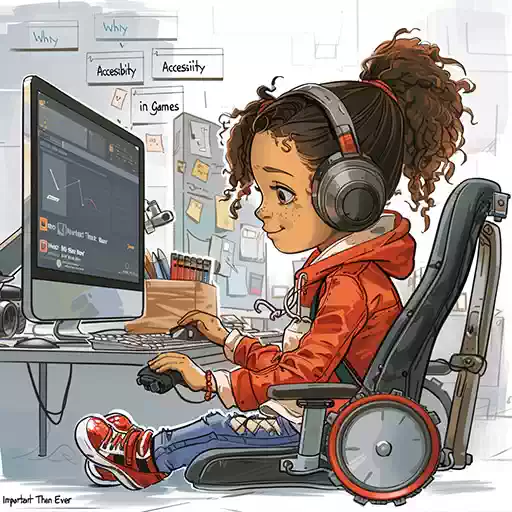
The world of gaming is constantly evolving, and with every new advancement in technology, games are becoming more immersive, interactive, and complex. But as games push the boundaries of what's possible, it's essential to ensure that everyone has the opportunity to enjoy these experiences. That's where accessibility in games comes into play. In recent years, the gaming industry has started to recognize the importance of making games more accessible to players with disabilities.
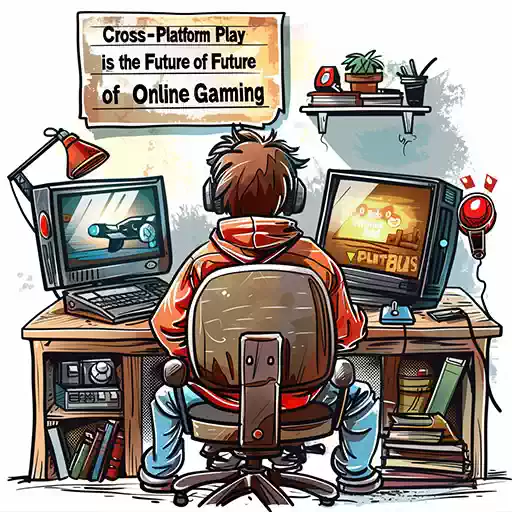
Imagine jumping into a multiplayer game with your friends, but instead of worrying about which console or platform they’re using, you can all seamlessly join the same session—whether they’re on a PC, PlayStation, Xbox, or even a mobile device. This is the promise of cross-platform play, and it’s transforming the way we experience online gaming. At FOGYX, we recognize that gaming has become a social experience as much as it’s about individual achievements.
all articles
